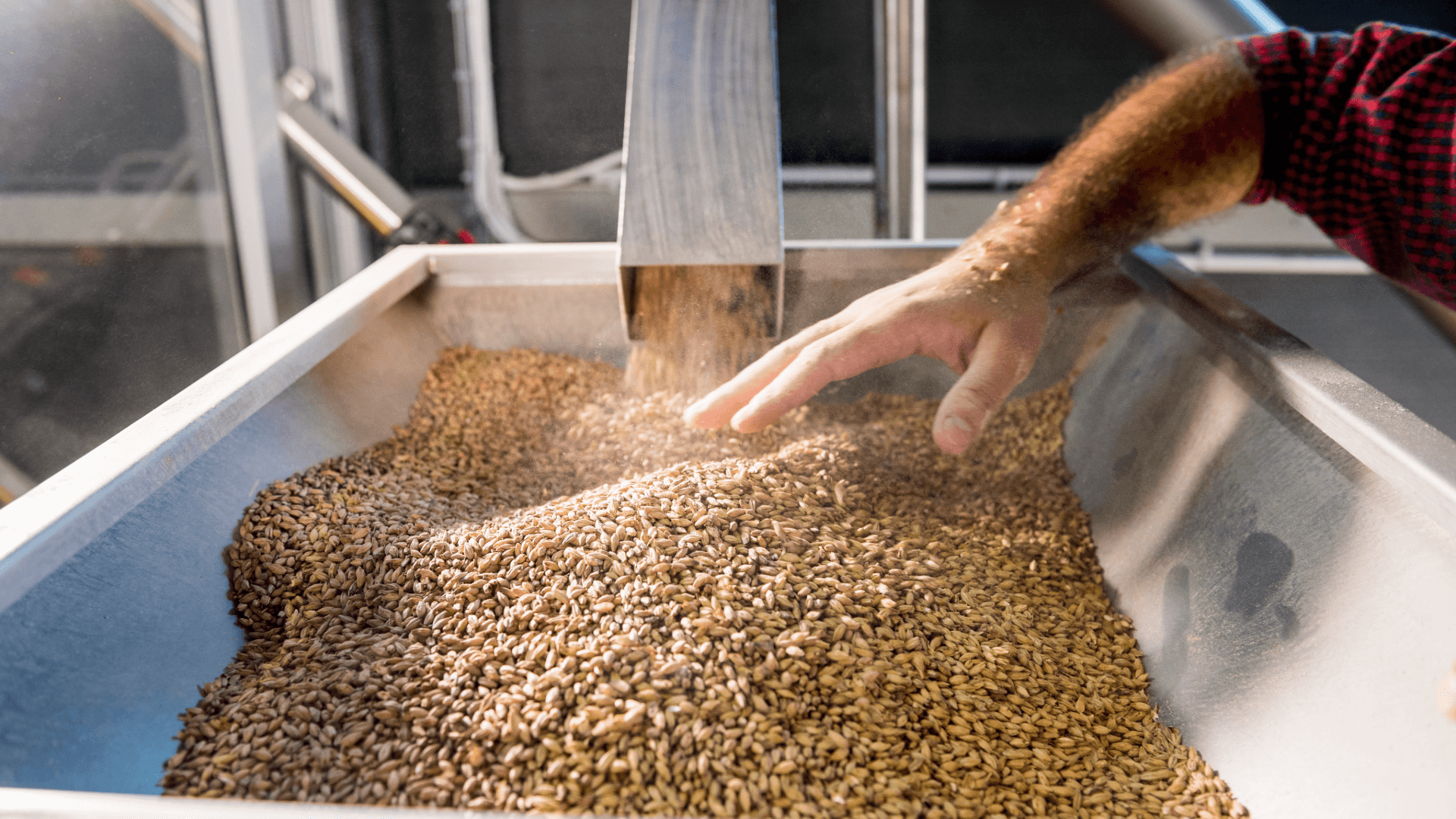Black Sea Tensions and Poor Harvests Drive Wheat Prices Up
Posted by Emma on 19th Sep 2024 Reading Time:
Last week, wheat markets took an upward turn as global events and local harvest challenges played a pivotal role in shifting trends. From geopolitical tensions in the Black Sea region to disappointing crop yields across Europe and the UK, the factors influencing the market are varied and complex.

The UK wheat market remains sluggish. The harvest season has been fraught with challenges, including lower protein levels in Group 3 and 4 wheats and an ergot problem affecting crop quality. Despite these issues, UK feed wheat futures for November 2024 gained £4.80 per tonne over the past week, tracking the global trend and closing at £186.05 per tonne.
The challenges UK farmers face mirror the difficulties in other parts of Europe. This year’s wheat harvest has been one of the worst in decades, with France facing its smallest wheat crop since the 1980s due to heavy rainfall and below-average sunshine. French millers, in particular, struggle with higher costs as they must process more wheat to produce the same amount of flour due to lower test weights. This means their costs are rising, and the market remains tight, with farmers reluctant to sell their crops at current prices, further exacerbating supply issues.
Looking at harvest results across different UK regions, the outlook remains challenging. In North Yorkshire, intakes into stores are down by as much as a third due to poor weather, and while quality is holding up in some areas, protein levels and specific weights are a mixed bag. The harvest is behind schedule in Lincolnshire, with beans expected to be delayed until October. Spring barley has performed well in some regions, but oilseed rape yields have been disastrous, and the ergot fungus issue remains significant, with around 57% of wheat tested showing signs of contamination.
Global wheat prices boosted last week, largely due to the escalating tensions in the Black Sea region. Ukraine recently accused Russia of targeting a Turkish civilian grain vessel with a strategic bomber near Romania, a move that created ripples in global trade routes and influenced wheat prices.
In Europe, wheat production forecasts continue to be revised downward. Strategie Grains, a European consultancy, has cut its estimate for the EU-27 wheat crop by 2.1 million tonnes, attributing the reduction to excessive rain in France and Germany during the crucial growing season. On a broader scale, the USDA’s latest WASDE report increased global wheat ending stocks and revised production estimates upward for countries like Ukraine and Australia. Despite these increases, the UK wheat crop forecast remains lower than last year, pegged at 10.85 million tonnes, a considerable reduction as anticipated.

France is also enduring one of its most challenging harvests, with only 28% of the wheat crop meeting standard test weights for flour extraction. French millers are facing increased costs, needing to process up to 6% more wheat to achieve the same flour yields, and many are now holding off on buying grain as farmers wait for better prices.
Adding to the global uncertainty, drought conditions persist in key growing areas such as Brazil and the Central US, which are expected to impact corn and soybean production. Similarly, Russia and Ukraine grapple with dry weather, raising concerns for winter wheat plantings. Consultancy firm IKAR has already reduced its estimate for the Russian 2024 wheat crop to 82.2 million tonnes.
Speculative trading also played a part in the recent price movements. Traders have reduced their net-short positions in key grain markets as uncertainty increases. When traders hold fewer short positions, it generally signals that they expect prices to rise rather than fall, adding further upward pressure to the market.
The outlook for the rest of the season remains uncertain, with many factors, from geopolitical instability to climate-related challenges, continuing to influence the market.

